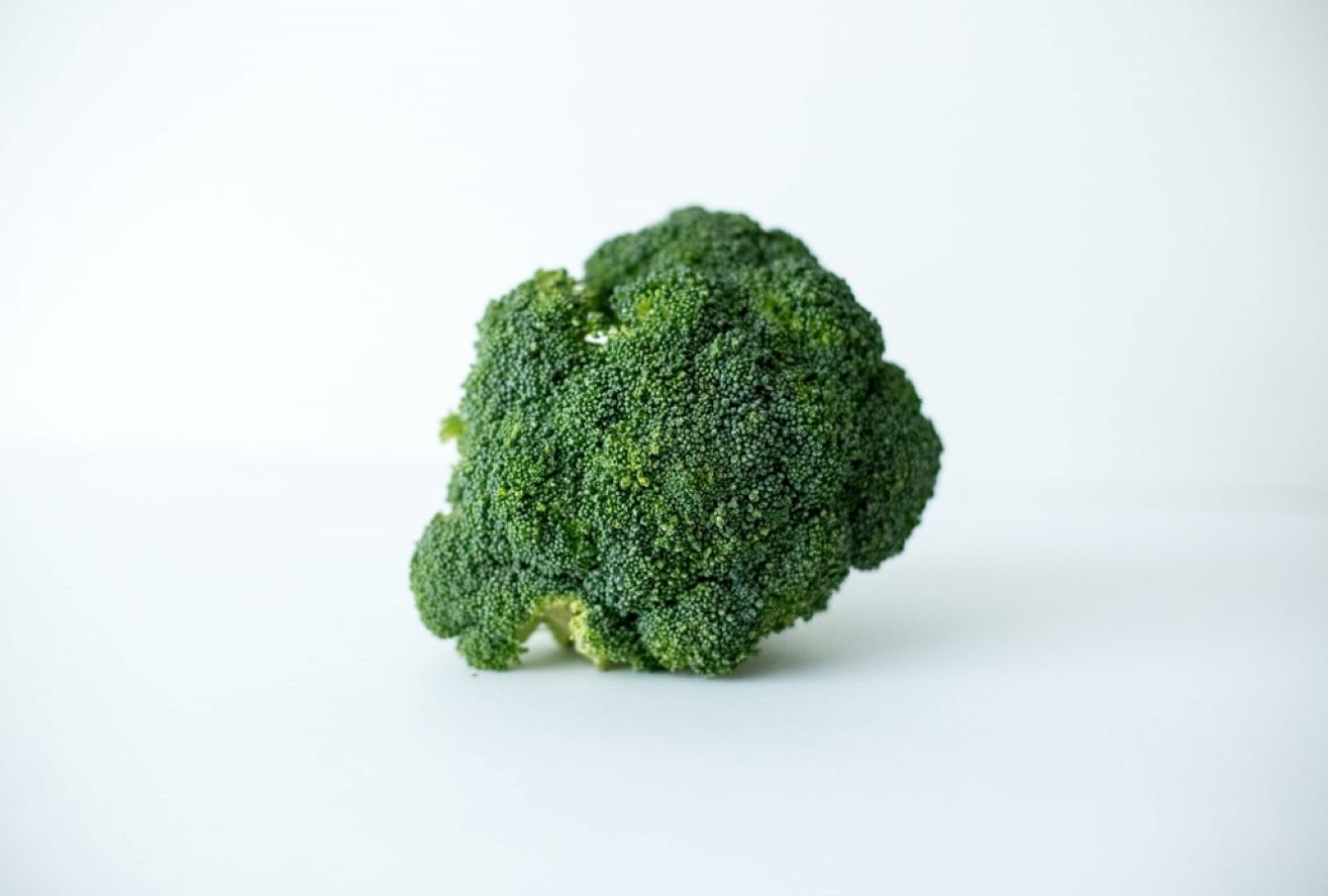 The ‘Circular Economy’ applied to agriculture
The ‘Circular Economy’ applied to agriculture
Circular agriculture is a collective search by farmers, interested citizens, businesses, scientists and researchers for the optimum combination of ecological principles with modern technology, with new partnerships, new economic models, and credible social services.
It not only focuses on good yields and the sparing use of resources and energy, but also stresses the importance of putting as little pressure on the environment, nature and climate as possible.
Applying circular economy to agriculture means following three central principles:
- Production of agricultural commodities using a minimal amount of external inputs
- Closing nutrient loops and reducing negative discharges to the environment
- Valorising agri-food wastes
New technologies have a fundamental role in the transition to a circular economy of the agricultural sector.
Precision agriculture utilises information technology systems to optimise the application of agricultural inputs (fertilisers, agrochemicals) by delivering ‘the right amount, at the right time, in the right place’, thereby ensuring that the minimum resources needed are used at the production stage in order to achieve optimum performance with minimal environmental impact.
It also provides enhanced control over the input fertilisers and agrochemicals, reflecting geo-spatial variability in soils, microclimate, and other relevant husbandry parameters.
Agricultural practices must change to reduce its negative impact on the environment, while at the same time continuing to feed a growing population. New techniques and practices to close nutrient loops, and reduce negative discharges to the environment, also called the circular efficiency approach in agriculture, are evolving.





